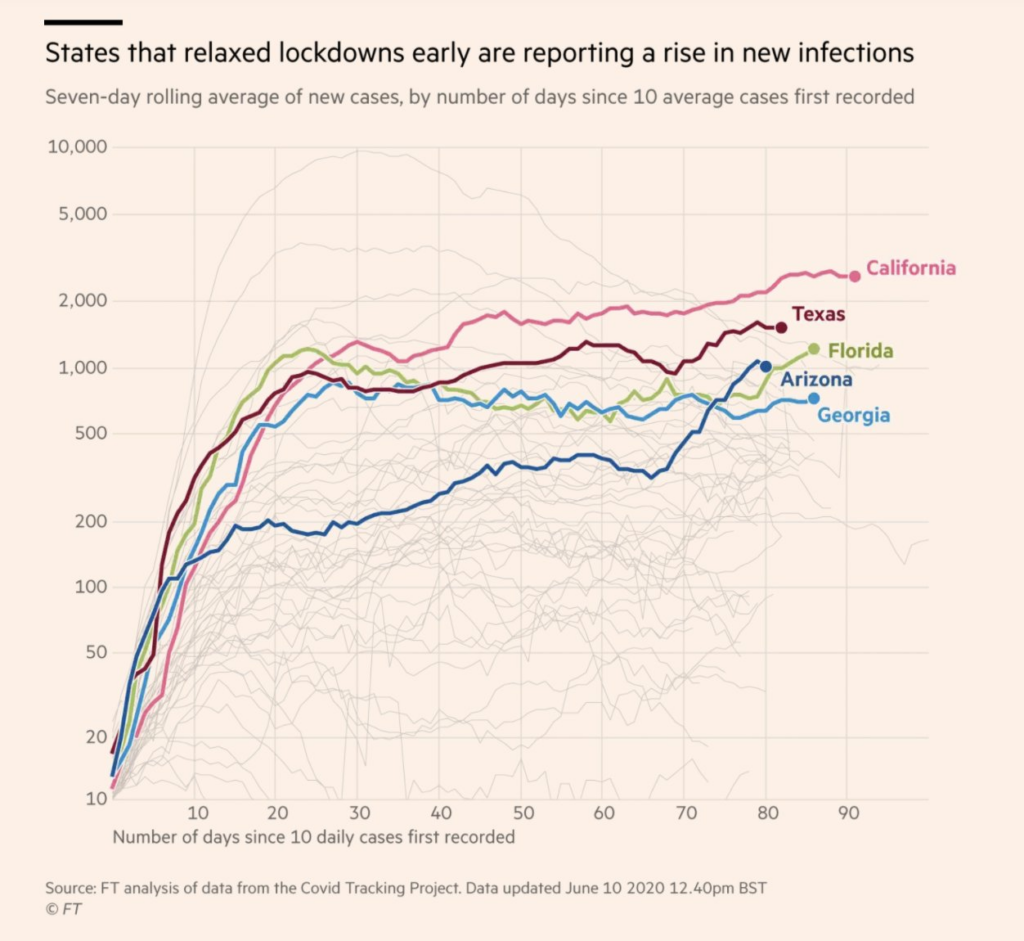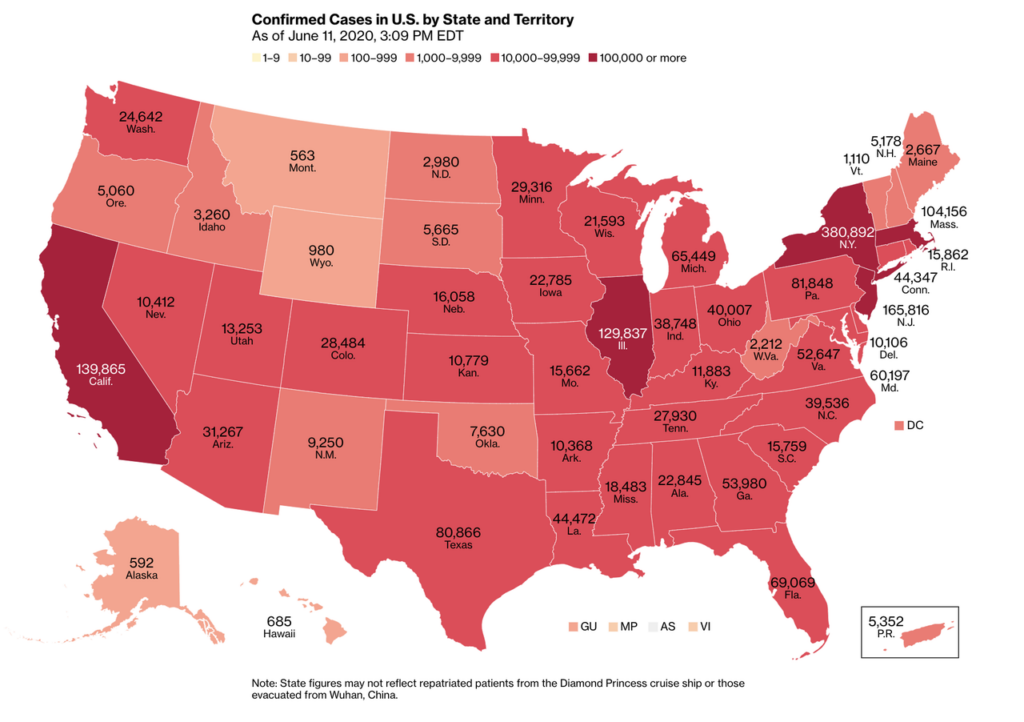As civic leaders seek to revitalize economic activity yet not at the cost of public health, many families are uncertain how to plan for the next school year to ensure continuity in their children’s learning. Adding complexity, on Wednesday, June 10, 2020 Senator Lamar Alexander also stated:
Schools should plan for COVID to last at least a year. It’ll likely be the fall of 2021, though, before we begin to approach normal.
Senate Hearings for the Health, Education, Labor & Pensions Committee, 6/10/2020
Thus, reopening to “normal life” is complicated endeavor, as shown in the graph below:

Thus, families would be prudent to stay nimble, as they plan for the restart of the school year in the fall. For college students considering moving back to campuses, many are budgeting for leases or possibly needing to travel back home as their colleges start and stop in-person instruction. Additionally, college students may incur greater risk of infection as students and faculty reconvene on campus from around the world.
Perhaps Scenario 1 as illustrated below may be a likely situation where there’s intermittent viral outbreaks, causing government officials to open cities then re-issue shelter-in-place orders, given an uptick in infections occurred alongside the reopening of states, like what’s happening in Houston, TX. Knowing there may be a start-and-stop-like schedule of in-person courses then distance learning, students can prepare for the continuity of their education.

As the viral outbreak differs in each state and region within states (see map below), students should study the area where their college is located, as part of their preparations in moving campus. Knowing the response of local governments, students can prepare for more remote learning options or determine if they want to move to campuses, thus understanding how to allocate funds and preserve the continuity of their education.

As students are in the midst of their education, yet the process has been disrupted by a microbe, and educators are challenged to transform their pedagogy, many families are taking more responsibility for their student’s education and students are learning to be more self-directed. Thus, in understanding the evolution of the pandemic, families can decide how to best maintain a quality of education which satisfies their student’s needs while improving their understanding of the world around them.



